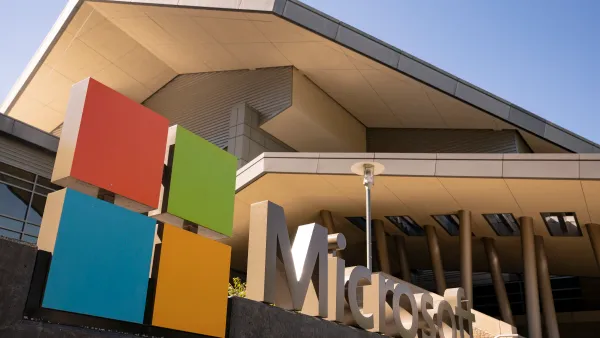May inflation increased rapidly past expectations, tarnishing market hopes that inflation had peaked and re-upping fears that the U.S. economy could be nearing yet another recession.
Prices for shelter, gas and food all rose in May following an April decline, with overall inflation rising 8.6% over a 12-month period before seasonal adjustment, according to the latest Consumer Price Index data released Friday by the U.S. Bureau of Labor Statistics (BLS). This represents the fastest annual increase in over 40 years.
Almost all major components increased from month to month, with the indexes for shelter, airline fares, used cars and trucks and new vehicles the top contributors. Impact from the ongoing war in Ukraine was the top driver for May’s fast inflation, Preston Caldwell, head of U.S. economies at Morningstar, wrote in an email, with the conflict contributing to spikes in both food and energy prices.
The food index rose by 10.1% in the last 12 months, the first increase of over 10% since March 1981. Food at home saw an even sharper bump, growing by 11.9% over the same period — its highest increase since April 1979. The energy index ballooned by 34.6%, the greatest spike since September 2005. On a monthly basis, energy rose by 3.9%, with gasoline rising 4.1% following a dip in April.
Auto, food and energy peaks, the top contributors to inflation since the start of the COVID-19 pandemic, are predicted to reverse in impact eventually, however, with Morningstar projecting oil prices will fall to $55 per barrel by 2025 as producers adjust to a lack of Russian supply and that supply demands will loosen for vehicles and other goods.
“The main issue is timing, which is highly uncertain,” Caldwell wrote. “If these supply issues take too long to resolve, inflationary momentum could become embedded in the economy. For now, we don’t see large signs of that happening; for example, wage growth has been decelerating over the last several months.”
Expected Fed reaction
For the present, surging prices are most likely to lead to more aggressive action by the U.S. Federal Reserve in an attempt to temper inflation. The Fed previously raised policy rates by 50 basis points during the May Federal Open Market Committee (FOMC) meeting, its largest rate hike in over 20 years. Federal Chair Jerome Powell previously noted the central bank would continue to raise rates at this pace until inflation eases, according to a report by The Wall Street Journal, with May CPI data showing this has not yet occurred.
“In next week's FOMC meeting, we could see the Fed adopt a more aggressive approach by hiking the federal funds rate by 0.75% instead of the planned 0.5%,” Caldwell wrote.
Financial entities globally have also taken steps to curb inflation’s continuing upward spiral, with the European Central Bank (ECB) announcing its intention to raise interest rates for the first time in over 10 years on Thursday. The ECB plans to raise its key rate by 25 basis points at its July monetary policy meeting, with a further, possibly higher hike planned for September.












